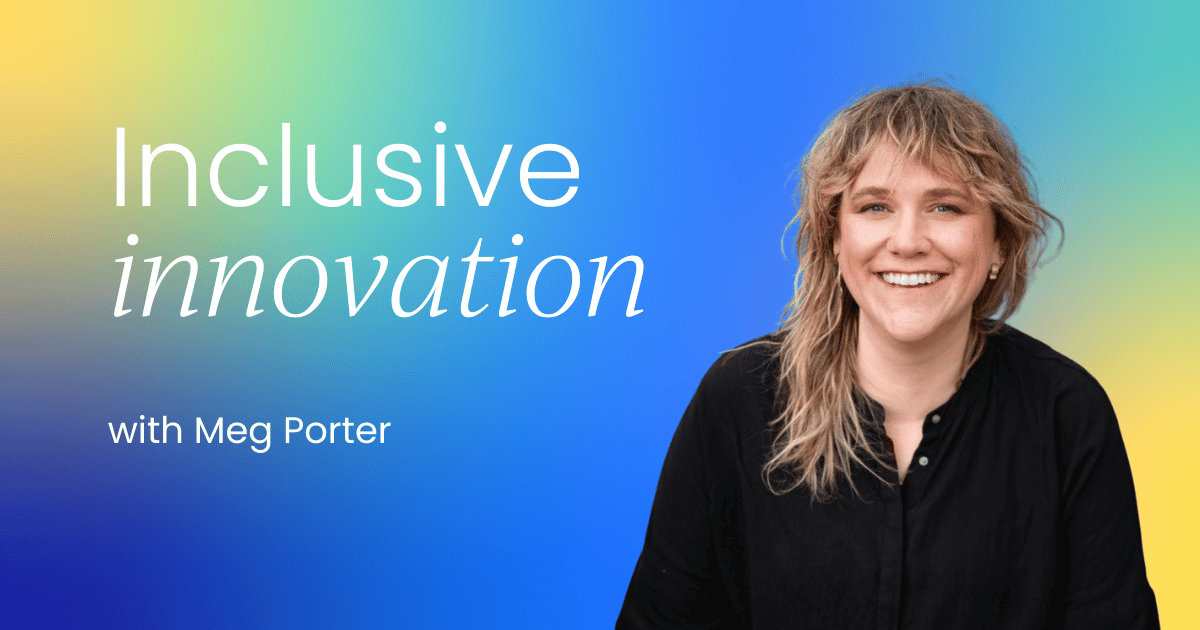What if your company’s favorite viral growth loop is quietly limiting its reach?
Product-led growth (PLG) has become a modern business mantra, promising rapid user acquisition and viral success. However, as many companies are discovering, this approach can create blind spots that limit long-term potential.
The very strategies designed to accelerate growth can, paradoxically, exclude new users and markets, leading to market stagnation down the line.
The solution? Inclusive innovation.
Now, you might be thinking, "But how, Meg, how? I'm already drowning in product strategy, and now you want me to add inclusivity to my to-do list?"
You’re not alone in thinking that. I've heard product leaders say the pressure to deliver fast often leaves them with no time to work on inclusion, but that's a false trade-off.
You don't have to choose between speed and inclusivity. In fact, incorporating inclusivity into your processes is going to help you get great products to market faster, without having to go back to the drawing board because you’ve missed some crucial detail.
In short, for product-led growth, inclusion is strategy.
In this article, you'll discover why inclusivity isn’t just a "nice-to-have" but a core business strategy. Plus, you'll learn actionable steps you can take to make inclusive innovation a growth superpower for your team.
For expert advice like this straight to your inbox twice a month, sign up for Pro+ membership.
You'll also get access to 10 certifications, a complimentary Summit ticket, and 100+ tried-and-true templates.
So, what are you waiting for?
The proven ROI of inclusion
Inclusive innovation isn't just about doing the right thing; it has a clear return on investment. According to research by Dr. Irina Heim and the Henley Business School, teams that practice inclusive innovation see a 19% increase in innovation-driven revenue.
Inclusive teams are also happier and retain members better. They're three times more performant, and 82% of job seekers prefer working for companies that prioritize inclusion. All of this will widen your market and increase the connection users have with your brand.
When we make small shifts, it makes a big impact. Practicing inclusive innovation will only compound the value you bring to your core audience.
A great example of this is when Xbox designed their new controller. By including disabled people in their testing, they ended up with a better controller that everyone loved – it even won a bunch of awards. This shows that designing for the edges of a market can lead to a better product for everyone.
Learning from Slack’s stagnation
To understand the consequences of not prioritizing inclusivity, let's look at a well-known example: Slack.
Slack is the poster child for product-led growth and virality. In its first four years, it grew its daily active users by 500 times. This is the kind of explosive growth every startup dreams of.
Slack's growth was fueled by its core audience of early adopters: nerds, gamers, and developers who were already fluent in hashtags and GIFs. The developers built a product for people just like them, and it grew wildly within that segment.
But this laser focus created a blind spot.



 Follow us on LinkedIn
Follow us on LinkedIn



